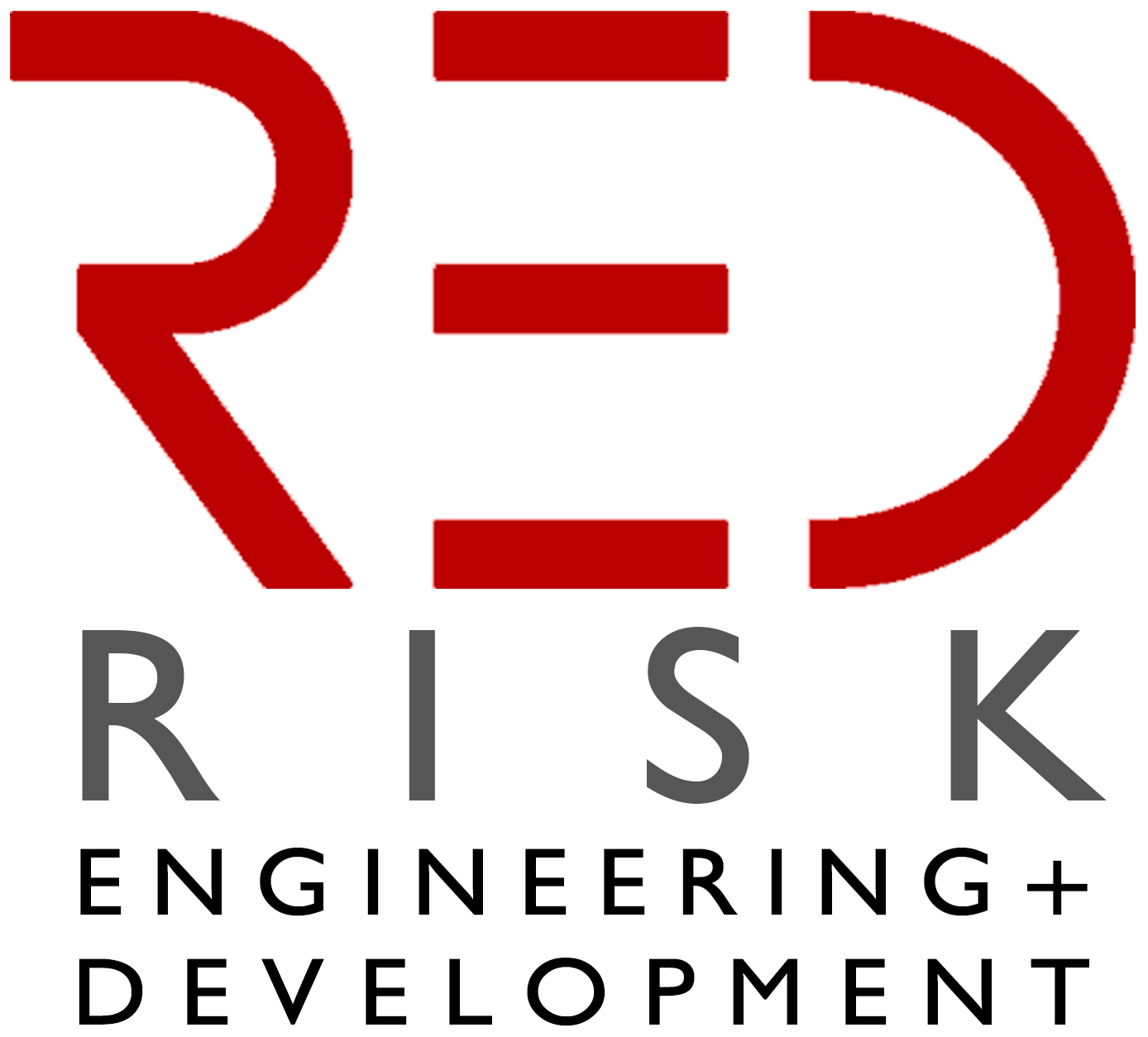The aim of the project was the development of analytically-based vulnerability functions for typical Residential Woodframe Buildings in California. Several index buildings have been selected in order to generally differentiate issues related to: building vintage, construction area, number of floors, in-plan irregularity, foundation type and slope inclination. The effect of a wide range of earthquake-induced ground motions to both structural and non-structural building components was considered, in order to relate the so-called damage ratio (i.e., the repair cost divided by replacement cost) with the correspondent level of ground motion. A specific modelling and analysis methodology was employed which is based on a pre-established and validated procedure, undertaken by the CUREE-Caltech consortium in a broad campaign of experimental testing and theoretical analysis, within the scope of Woodframe Buildings Loss assessment. The vulnerability of index buildings was assessed by means of Incremental Dynamic Analyses on finite element models considering uncertainty in seismic input definition, building damageability and repair costs.
DISTINCTIVE FEATURES
Development of analytically-based vulnerability functions for typical residential woodframe buildings in California
Vulnerability of index buildings was assessed by means of Incremental Dynamic Analyses
DATE
2015-2016
AMOUNT
Confidential
LOCATION
California (US)
CLIENT
Confidential
SERVICES PROVIDED
Earthquake risk assessment

